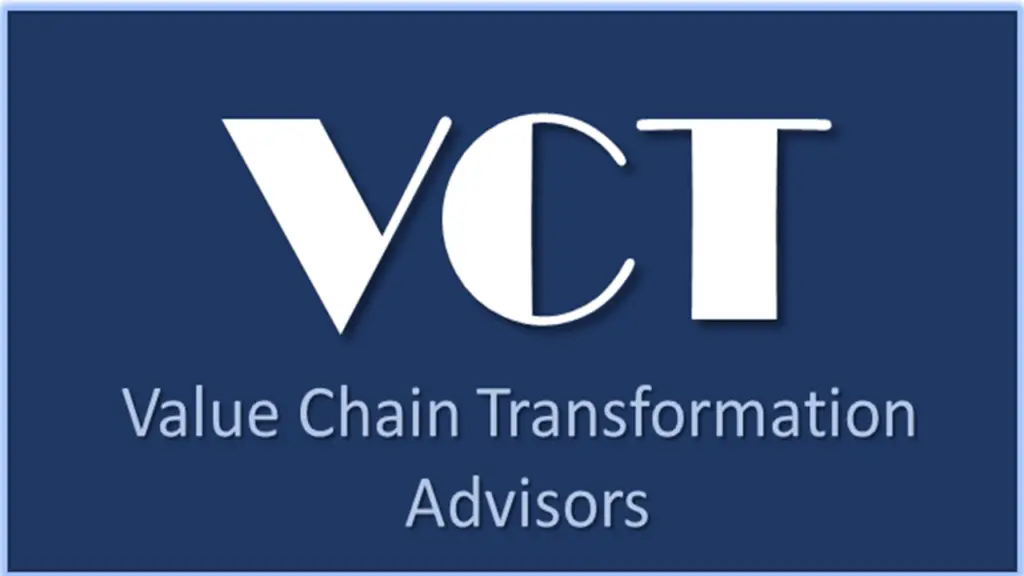Supply Chain Expert Lora Cecere: “Order history is not a good proxy for demand in an environment of high variability.”
If history really did repeat itself, the job of the demand planner would be easy. But as the pandemic-induced disruption has illustrated, the past is far from a reliable indicator of what is to come. This has implications for demand planning; leaning too heavily on historical data overlooks additional factors influencing today’s demand patterns. Incorrect assumptions, in turn, reverberate down the chain, affecting everything from inventory management to lead times to customer satisfaction.
Lora Cecere, industry expert and founder of Supply Chain Insights, made an important observation in a recent GAINS webinar on inventory management challenges:
“We need to rethink our processes. Order history is not a good proxy for demand in an environment of high variability. You need to use your channel data and continually test your optimizers to ensure you are getting accurate results.”
“We wouldn’t run our car for years without taking it to the shop, yet people don’t sit down, backcast, and test the optimizer to be sure they’re getting a good answer. I encourage people to look at their processes, question their actions, and test their tools using forecast values to see if they see the improvements they expect.”
With that point in mind, let’s look at the limitations of historical data and how to overcome them by incorporating other data sources and advanced analytics.
The Limitations of Historical Data
Static Historical Data Ignores Dynamic Market Conditions
Until the early 21st century, supply chain managers had good reason to base demand planning and forecasting on historical data. For a long time, it was the primary source of information available to businesses to understand past sales patterns and predict future demand.
If you have been involved in supply chain management for a while, you may have used time-series forecasting methods, such as moving averages and exponential smoothing — which are based on historical sales data. Those methods are, after all, relatively simple to implement and understand. They have also been reasonably effective in stable markets and industries that exhibit minimal demand pattern variations and are unaffected by external factors.
Four main developments have worked in tandem to raise the bar for demand planning:
- Real-time data: The widespread adoption of the internet, social media, and mobile devices have enabled businesses to access a wide variety of real-time data sources, providing insights into customer behavior and market trends that were previously unavailable.
- Speed of doing business: Faster communication creates a rapidly evolving business environment with a continuous churn of new competitors, changing customer preferences, economic fluctuations, and disruptive technologies.
- Global supply chains: An increasingly globalized supply chain exposes companies to more complexity and risk from infinite variables.
- Advanced technologies: The development of advanced analytics techniques, such as machine learning and artificial intelligence (AI), allow supply chain managers to analyze large volumes of data and uncover complex patterns that traditional time-series methods could not capture.
Perhaps, the biggest disrupter that no historical data can account for is the global supply chain chaos in the wake of COVID-19. According to Ernst & Young’s research, the pandemic intensified preexisting challenges within the supply chain,–– highlighting the importance of visibility, resilience, and digitalization as critical priorities.
Inaccurate Data and Missing Information
Historical data is only as good as its accuracy and completeness. In other words, data inaccuracies or missing information can lead to erroneous demand forecasts. For example, a study by McKinsey showed using historical data alone to predict consumer behavior in retail industries comes up short as preferences sometimes change overnight. This is especially true for businesses operating in highly competitive markets, where even minor shifts in market conditions can significantly impact demand.
Also, a company may miss sales targets due to data entry errors or system glitches, leading to incorrect demand forecasts. (Using Excel for demand planning exacerbates issues like data errors. Read more about this topic here.) Similarly, businesses that have recently entered new markets or launched new products might not have sufficient historical data to make reliable forecasts.
The Path to Accurate Demand Planning
To overcome the limitations of historical data and improve demand planning accuracy, you should move beyond historical data and consider incorporating additional data sources and advanced analytics.
Incorporating Exogeneous Data Sources
External data sources, such as economic indicators, GDP, unemployment rates, consumer sentiment, market trends, and competitor information, tell a story that historical data can’t. Adding external data sources creates a more comprehensive and complete demand plan that leaves your organization better equipped to meet sales targets and pivot on short notice.
Leveraging Advanced Analytics Techniques
Advanced analytics techniques, such as machine learning and AI, can analyze vast amounts of data and identify complex patterns that traditional forecasting methods might miss. A study by McKinsey, for instance, showed AI-driven forecasting could result in a domino effect of improvements when applied to supply chain management:
- 20-50% reduction in errors
- 5-10% reduction in warehousing costs
- 24-40% reduction in administration costs
Similarly, the MIT Center for Transportation & Logistics reports machine learning “significantly improves forecast accuracy,” citing a case study of a beverage distribution company. While the company’s overall forecast error for using baseline historical sales was a lackluster 60%, as measured by mean absolute percentage error (MAPE), the machine learning model brought that number down to 10.5%.
Invest in Data Quality
Maintaining high-quality data is a prerequisite of an optimized demand plan. This includes regularly auditing and cleansing data, implementing validation checks, and ensuring data is collected and stored consistently across the organization.
Collaborate with Stakeholders
Demand planning requires collaboration among various stakeholders, such as sales, marketing, finance, and supply chain teams. By fostering cross-functional collaboration, you can ensure that all relevant information and insights are incorporated into demand planning models, leading to more accurate forecasts. (Again, if you’re using spreadsheets to manage your supply chain, you miss this critical level of collaboration and ability to analyze the data).
Summing Up
Although historical data has long been the foundation of demand planning, it paints an incomplete picture of all relevant patterns. It fails to account for unexpected changes in everything from consumer behavior to the global status quo.
Advanced solutions like the GAINS Demand Planning & Forecasting can automatically adapt to changing market conditions, learn from new data, and make more accurate predictions using AI and ML, even without extensive historical data. Contact us today to start a conversation.



